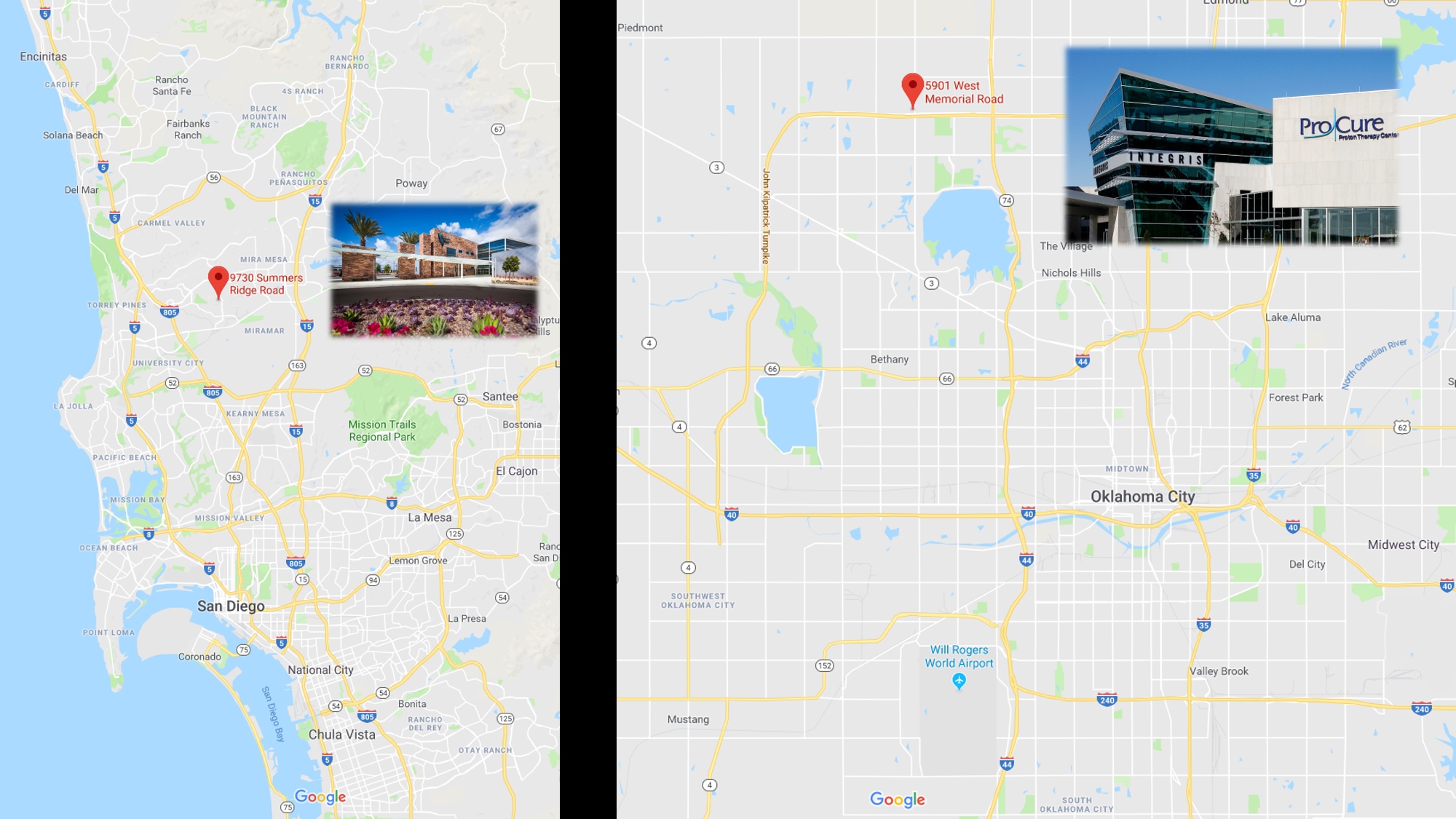

Nonetheless, the clinical outcomes of HDAC inhibitors as a single agent to treat solid tumors are not satisfactory. Four HDAC inhibitors, vorinostat, romidepsin, panobinostat and belinostat are now approved for the treatment of cutaneous T-cell lymphoma and other HDAC inhibitors are being clinically tested for other types of cancer.


Various HDAC inhibitors with different specificity to HDACs have been tested for antineoplastic activity 10. Thus, HDACs have been considered as therapeutic target for cancer treatment 7, 8, 9. Altered expression of HDACs and unbalanced acetylation of histones and non-histone proteins, however, are frequently detected in certain human cancers 4, 5, 6. Class I, II and IV HDACs are classical HDACs with Zn 2+-dependent active site whereas class III HDACs are a family of NAD +-dependent enzymes. There are 18 human HDACs, which can be divided into four classes based on the homology with yeast proteins. The reversible acetylation of histones is one of the key modifications for the epigenetic control of gene expression 1, 2 and is regulated by the reciprocal action of histone acetyl-transferases (HATs) and histone deacetylases (HDACs) 3. As NRF2 is an emerging prognostic marker contributing to radioresistance in HCC, targeting NRF2 pathway may impact clinical outcome of proton beam radiotherapy. Collectively, our study highlights a proton radiosensitizing effect of VPA in HCC cells. In Hep3B tumor xenograft models, VPA significantly enhanced proton-induced tumor growth delay with increased apoptosis and decreased NRF2 expression in vivo. Downregulation of NRF2 by siRNA transfection increased proton-induced apoptotic cell death, supporting NRF2 as a target of VPA in radiosensitization. In addition, VPA further increased proton-induced production of intracellular reactive oxygen species and suppressed expression of nuclear factor erythroid-2-related factor 2 (NRF2), a key transcription factor regulating antioxidant response. VPA prolonged proton-induced DNA damage and augmented proton-induced apoptosis. We found that VPA sensitized more Hep3B cells to proton than to photon irradiation. Here, we compared combined effect of valproic acid (VPA), a class I and II HDAC inhibitor and antiepileptic drug with proton and photon irradiation in hepatocellular carcinoma (HCC) cells in vitro and in vivo. Although efficacy of combined histone deacetylase (HDAC) inhibitors and conventional photon radiotherapy is being tested in clinical trials, their combined effect with proton beam radiotherapy has yet to be determined.


 0 kommentar(er)
0 kommentar(er)
